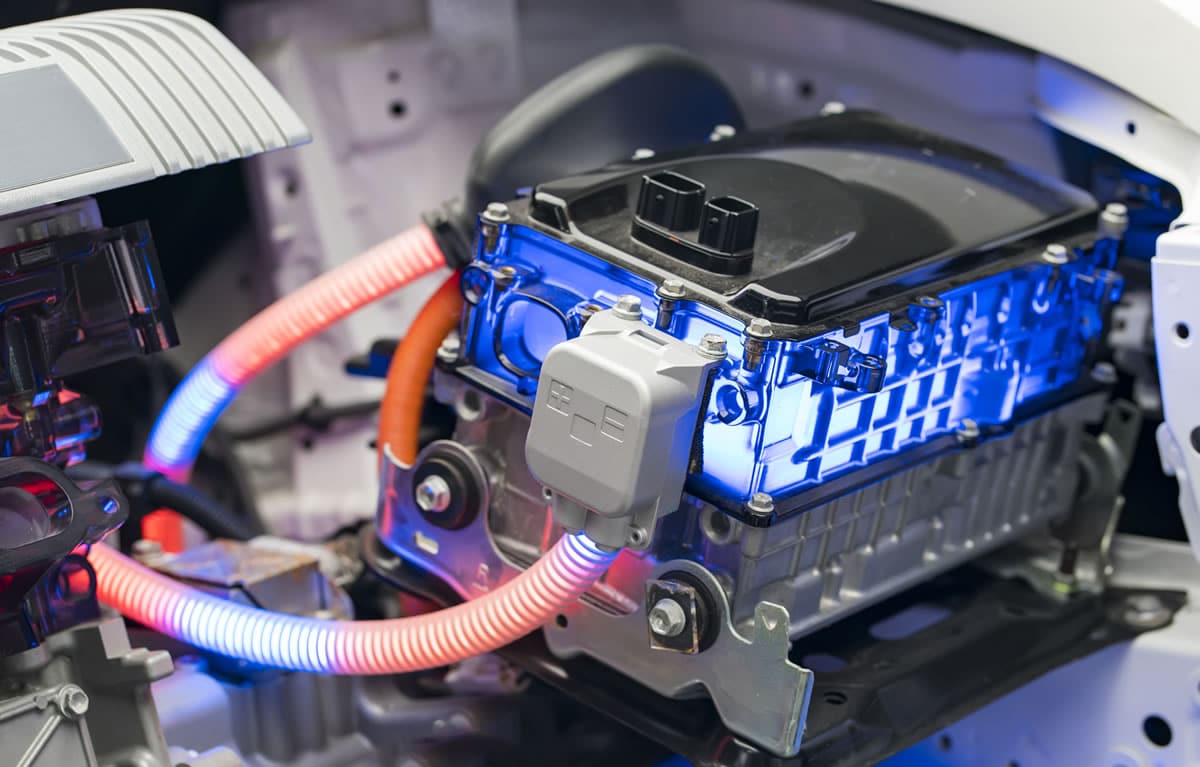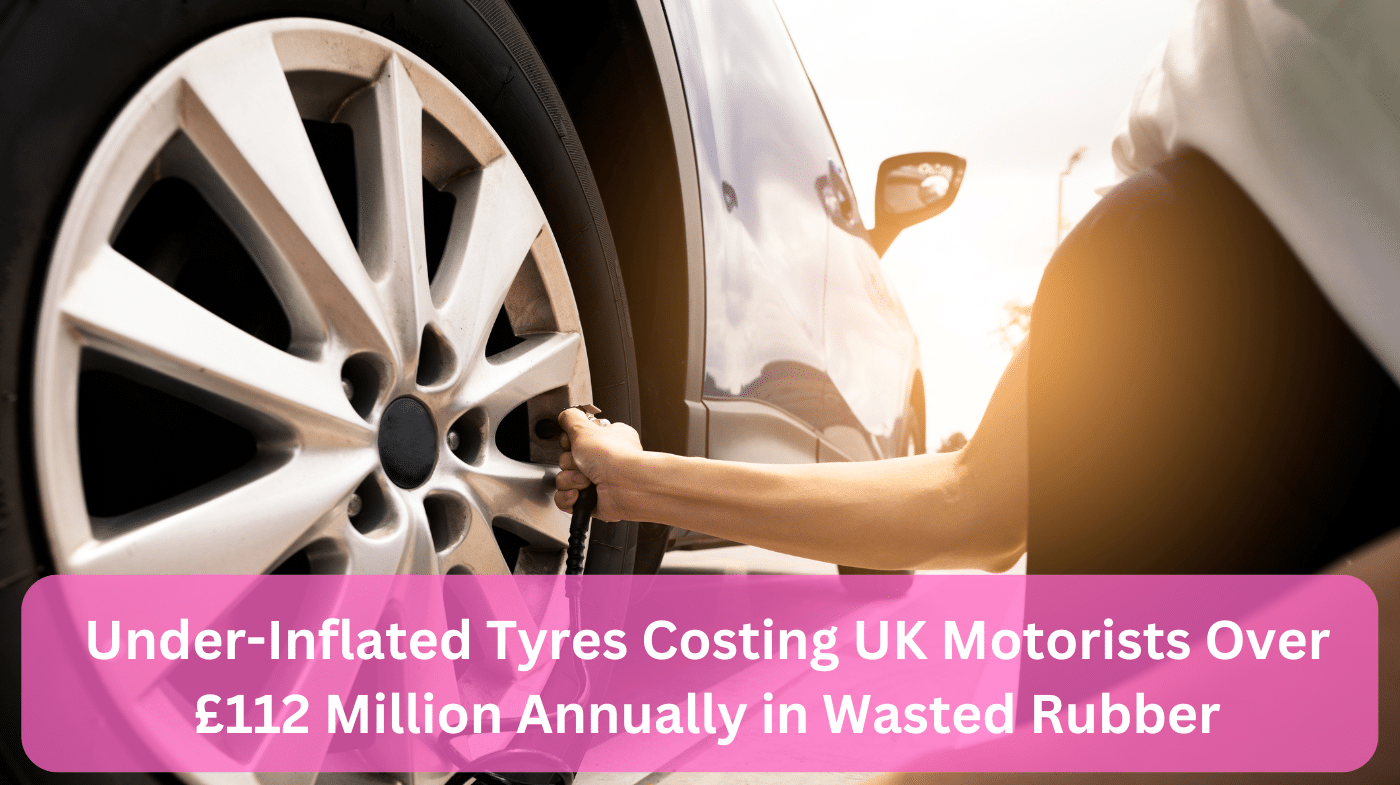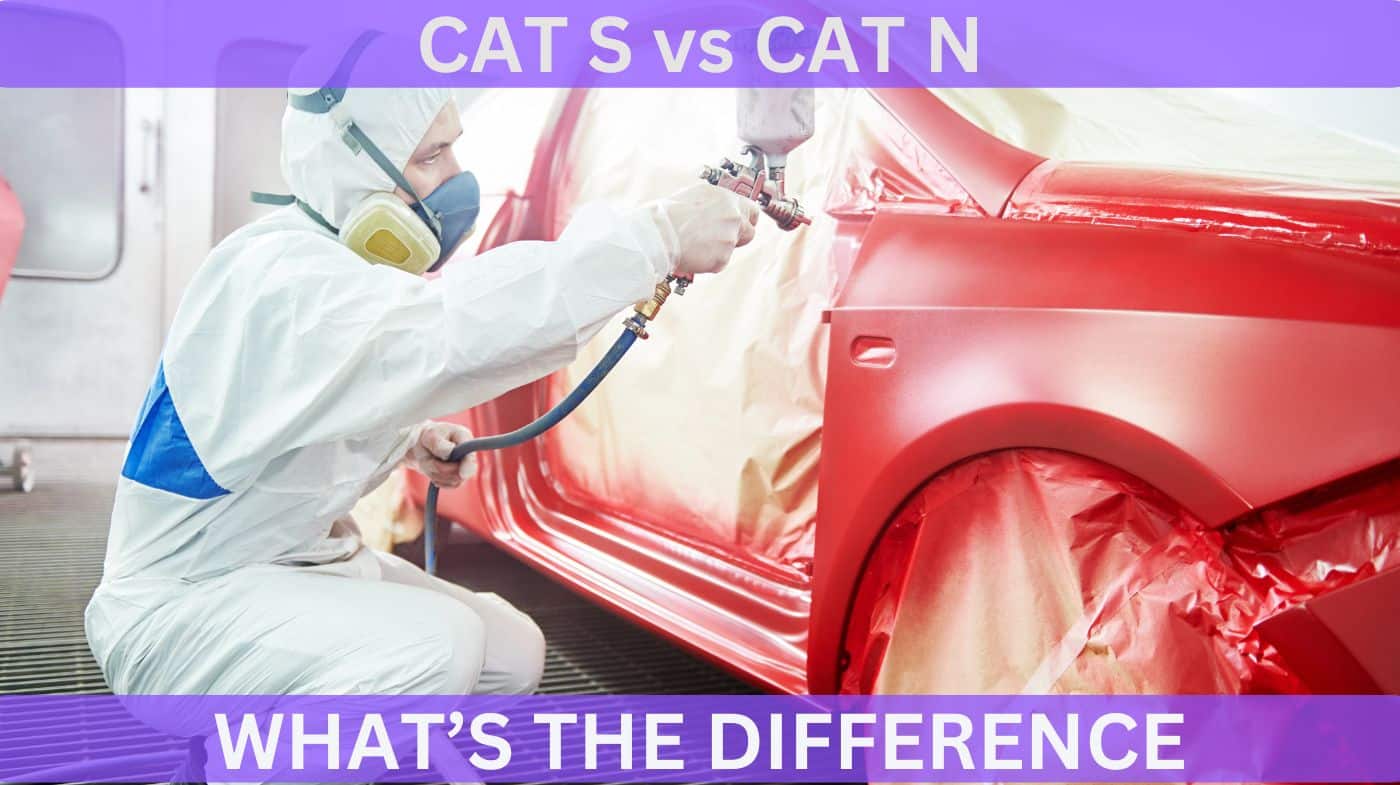MOT inspections are absolutely essential if you want to legally operate a vehicle within the United Kingdom. While most of us are already familiar with the basics, what if you are the proud owner of an electric vehicle? Are there any other factors which an inspection station will examine or omit? Let us first take a look at a handful of general criteria before listing concerns specific to an electric vehicle (EV)
Interior Checks
The interior of your car will be checked to make certain that it is in proper working order. Some of the variables which are examined by a typical inspection station include:
- Making sure that all seatbelts are functional.
- The presence of warning lights and the proper hazard switches.
- Windscreen washers and wipers.
- The doors, mirrors and the horn.
- The steering wheel and the steering column.
- In terms of a class 5 vehicle, metrics including driver controls and the speedometer.
So, be certain to give all of these areas a quick “once over” in order to avoid any complications during the actual examination.
Exterior Variables
The outside of an electric car will likewise be scrutinised to make certain that no issues are present. Be sure to keep this checklist in mind when preparing for your MOT inspection:
- The proper placement of registration plates and registration lamps.
- Headlamps, tail lights, hazards, and turn indicators.
- Fog lamps and reflectors.
- Shock absorbers.
- Glazing (for Class 5 vehicles).
- The function of doors, the bonnet and the boot lid.
- Any towing bars.
Of course, the overall condition of the car’s body will likewise be examined. The good news is that this will normally not present a problem due to the relatively young age of most electric vehicles.
Under the Bonnet
This is clearly where things differ the most. There’s no emissions and noise check. There’s no “engine” in the traditional internal combustion engine (ICE) sense, so nothing to check there either.
As electric vehicles are highly advanced and designed with efficiency in mind, the chances are high that you will are unlikely to encounter issues in this area. Still, report suspected problems to a professional.
Beneath the Vehicle
The undercarriage of your electric car is a final area to address. Some common issues which you’ll need to think about include:
- Suspension systems and shock absorbers.
- The drive shaft (if present).
- Wheels, wheel bearings and tyres.
- Braking systems and any associated mechanical components.
The undercarriage will also be scrutinised for the presence of rust and/or deterioration but the inspector cannot remove anything to check, so with EVs and their large underbody panels, this might not be as comprehensive a check as with ICE cars.
In Summary
Perhaps the most obvious difference is the fact that emissions and noise tests have been omitted from an MOT examination dealing with electric vehicles. Having said this, inspection stations will carry out many of the same checks associated with normal cars. So, you actually have very little to worry about.
Have you owned an electric vehicle for quite a while? Would you like to obtain a valuation of your EV? Are you curious to learn more about its worth? Sell My Car Essex is happy to provide a free valuation within seconds. After all, it pays to appreciate how much electric cars are transforming the entire sector. Please take a moment to request a valuation. An expert is always standing by!






